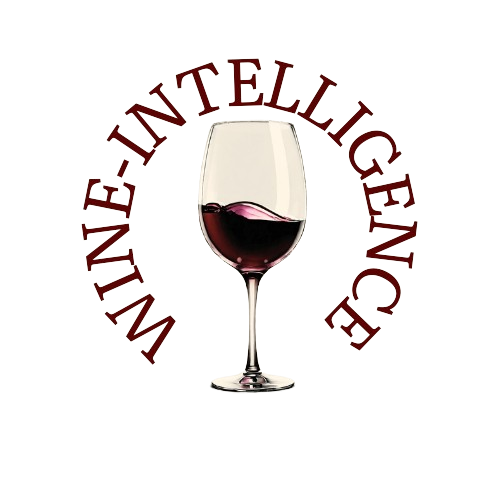According to an analysis by Wines of Romania, a platform dedicated exclusively to promoting Romanian wine, recent data from the National Institute of Statistics reveals a slight increase in both imports and exports of Romanian wine for 2023.
The figures indicate that Romania imported wine worth EUR 268.4 million and exported wine valued at EUR 72.5 million, with exports being 3.7 times less than imports. In volume terms, imports reached 123,000 tons, while exports totaled 34,400 tons.
Import Trends: A Mixed Picture
Compared to 2022, Romania's wine imports have risen by EUR 30 million, from EUR 238 million to EUR 268 million. This increase is particularly notable compared to 2021, when the country imported wine worth EUR 189 million. In terms of pricing, Romanian imports averaged EUR 2.17 per liter in 2023, which represents a 5% decrease from the EUR 2.26 per liter recorded in 2022. However, this price is still higher than in 2021, when the average was EUR 1.59 per liter.
The rise in import value indicates a growing interest in diverse wine offerings from abroad, even as the average price per liter decreases. This trend suggests that while Romanian consumers are spending more on imported wines, they are also increasingly seeking more affordable options.
Export Trends: Premium Wines and Declining Volumes
On the export side, the value of Romanian wine exports has shown a steady increase, from EUR 69 million in 2021 to EUR 71.6 million in 2022 and EUR 72.5 million in 2023. The average price per liter for exported Romanian wine has also risen, from EUR 1.82 per liter in 2021 to EUR 1.97 per liter in 2022, and EUR 2.09 per liter in 2023.
Despite the rise in export value and price per liter, the total volume of wine exported has been decreasing over the past three years. The volume dropped from 38,000 tons in 2021 to 36,300 tons in 2022 and further to 34,600 tons in 2023. This decrease in volume, coupled with an increase in average export price, suggests a shift towards premium Romanian wines gaining traction in international markets.
Emerging Trends and Future Outlook
Marinela Ardelean, founder of the Wines of Romania platform, highlights a clear trend in the market: "At first glance, there may not seem to be a significant difference in Romania's wine market regarding exports and imports over the past two years. However, there is a noticeable trend—an increase in the average price per liter of exported wine, coupled with a decrease in export volumes, which indicates that more premium Romanian wine is reaching a broader audience."
Ardelean expresses optimism about this trend, noting that it signifies a growing recognition of Romanian wines on the international stage. "In an optimistic scenario, we are witnessing consumers starting to understand that Romania produces good wine. We are seeing a consolidation of Romanian premium wines, which will hopefully serve as a foundation for future development."
Import Dynamics and Consumer Preferences
The data on wine imports also reveals an encouraging trend, especially in the category of medium-priced wines. This indicates a growing segment of Romanian consumers who are still exploring and discovering new wines and regions. Ardelean adds, "I always aspire for a broad and well-educated wine consumer base. This comparison between imported and domestic wines should help place Romanian wine in its deserved position, both globally and locally."
Sparkling Wines: A Growing Segment
In 2023, Romania imported nearly 336 tons of Champagne (DOP) and approximately 3,300 tons of Prosecco (DOP), with the values being comparable—EUR 15.05 million for Champagne and EUR 14.95 million for Prosecco. Additionally, over 4,000 tons of sparkling wines without DOP or protected geographical indication (PGI) were imported, meaning that Romanians spent over EUR 40 million on imported sparkling wines last year.
This level of spending is similar to 2022 but significantly higher than in 2021, when Romania imported 278 tons of Champagne (EUR 10.7 million) and 2,400 tons of Prosecco (EUR 8.6 million). The increased expenditure on sparkling wines reflects a growing consumer interest in these products.
Top Import Sources
Regarding the origin of imported wines, those bottled in containers smaller than 2 liters with protected designation of origin (DOP) primarily came from France, Hungary, and Italy. This preference highlights the ongoing importance of these traditional wine-producing countries in satisfying Romanian consumer demands for quality wine.
In summary, Romania's wine market in 2023 reveals a landscape of modest growth in both imports and exports, with an increasing focus on premium wines and evolving consumer preferences. As Romanian wines continue to gain international recognition, the country's winemaking industry appears well-positioned to adapt and thrive in an ever-changing global market.
Source: Wines of Romania

